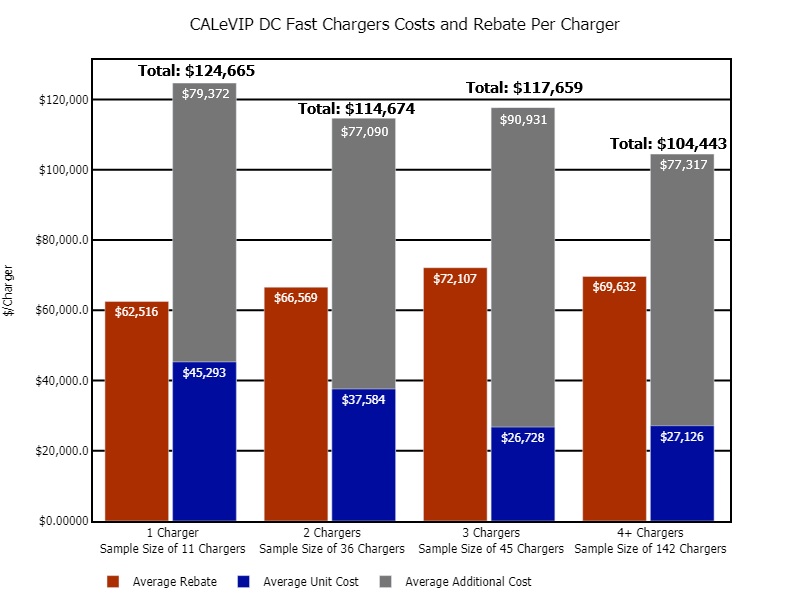Here's a story I released today with some tidbits learned from the grants given by Texas to pay 70% of the cost of charging stations.

 www.forbes.com
www.forbes.com
Notably:

Tesla’s Texas Charger Grant Applications Fail; It’s Bad For Texas But Reveals Tesla’s Super-Low Costs
A Texas grant program gave $21M to install charging, but all the money went to put chargers at gas stations that can charge only 30% of EVS on the road. Tesla offered to put in chargers that can charge all cars at a price that was less than 1/4 of what other stations asked for. Lots to unpack.
 www.forbes.com
www.forbes.com
Notably:
- Texas took $21M of the Dieselgate money to allow companies to get up to $150K per charger to pay 70% of the cost
- Tesla applied to build 4 stations with 54 chargers which would include CCS or CHAdeMO connectors, a first in the USA
- They allocated the money to build 170 more standard DC Fast chargers at 41 locations, almost all of which were gas stations (lovely places to spend 40 minutes.)
- Tesla's applications were not granted, Texxas says it was first come first served and Tesla didn't apply on time
- Very interesting -- Tesla's grant applications asked for just $30K per charger (at a station of 17) while almost all other applications needed more than $100K per charger (at smaller stations) and most asked for the full $150K implying a cost per charger of $215K or more -- Tesla seems to put in chargers at 1/4 the typical price of others.
- Tesla probably would have just charged CCS cars a bit more than Teslas, though if they wanted to they could have used tricks to scare CCS cars away from their chargers a some Tesla drivers are worried that Tesla chargers will get busier when they accept non-Tesla cars
- and more....



